Forest Green
ACCESS: Above Top Secret
- Joined
- 11 June 2019
- Messages
- 9,508
- Reaction score
- 17,402
Just imagine AARGM-ER in AAM mode.Looks like the Houthi suffered some HARM!.
AARGM!



Just imagine AARGM-ER in AAM mode.Looks like the Houthi suffered some HARM!.
AARGM!



The aircraft was on the ground, so it was a launch to GPS co-ordinates and MMW terminal seek.I’m curious how that would have worked…
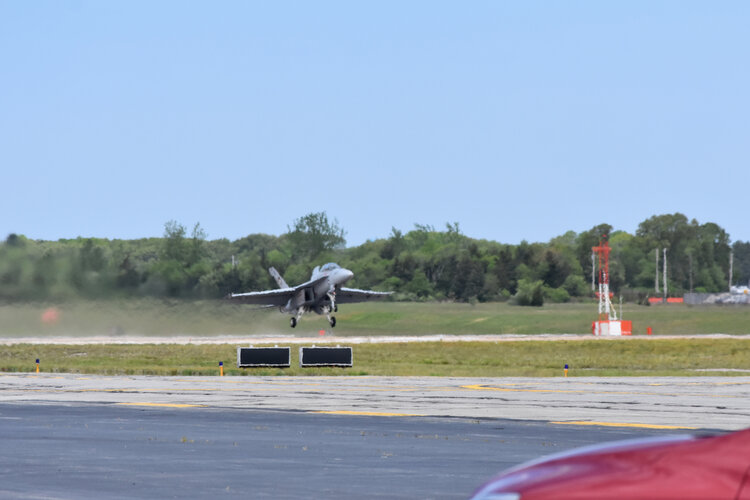
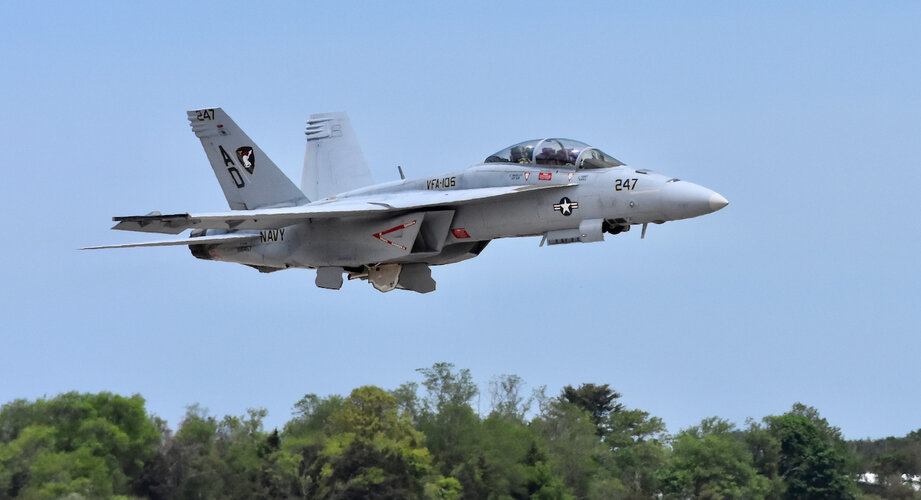
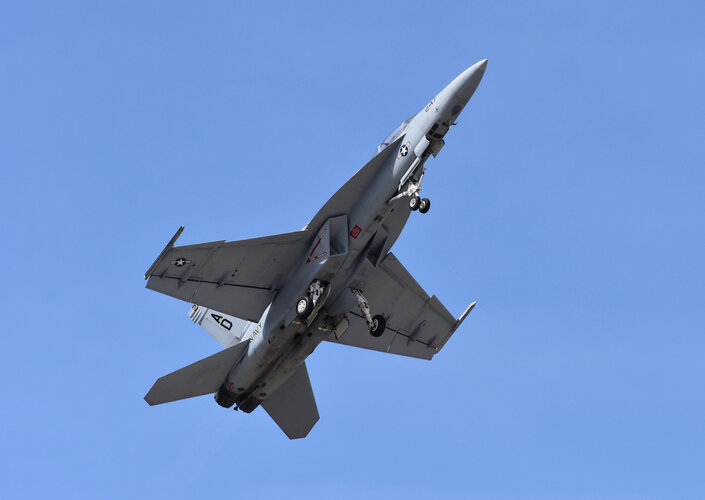
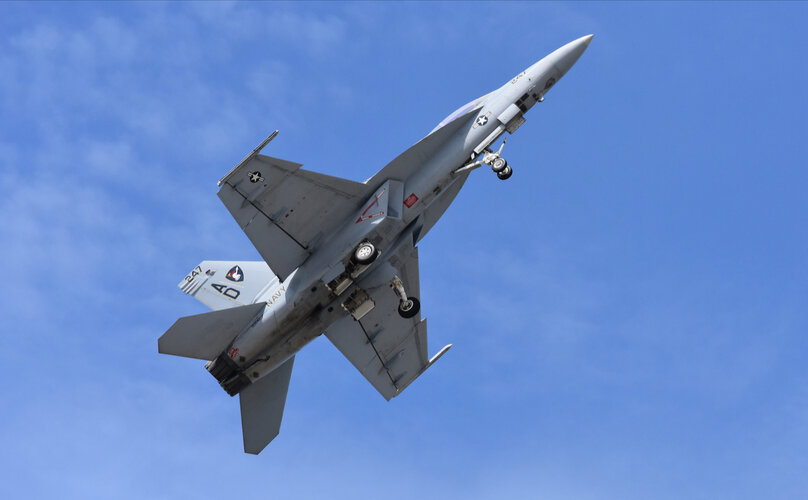
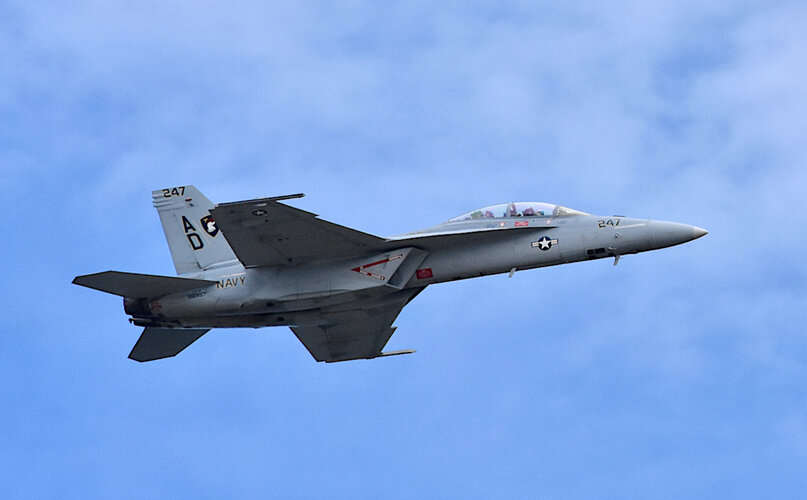
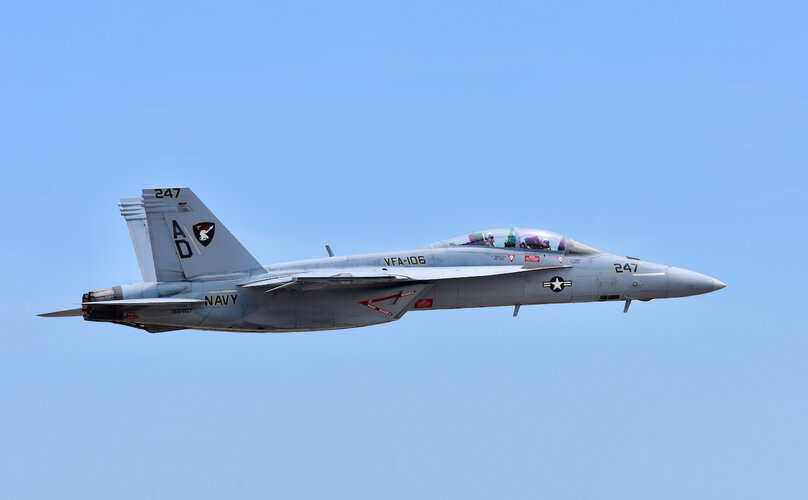
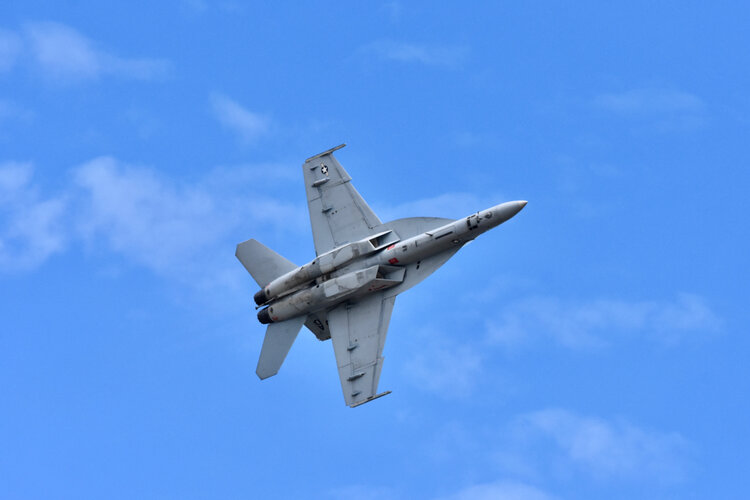
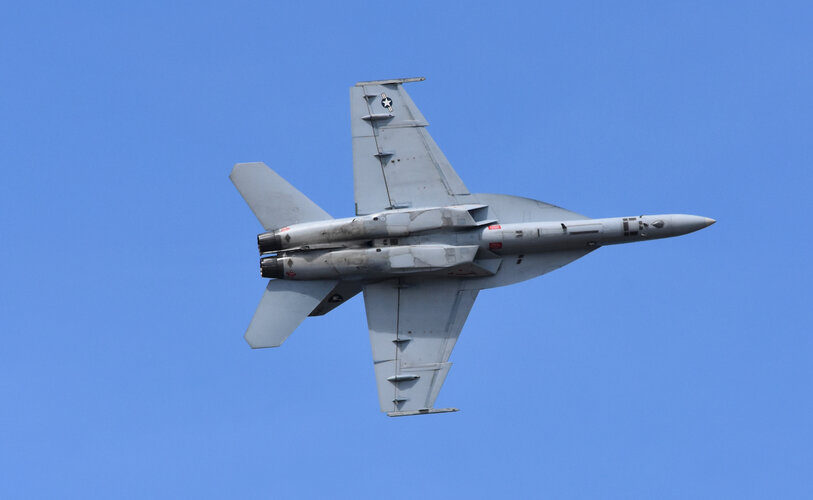
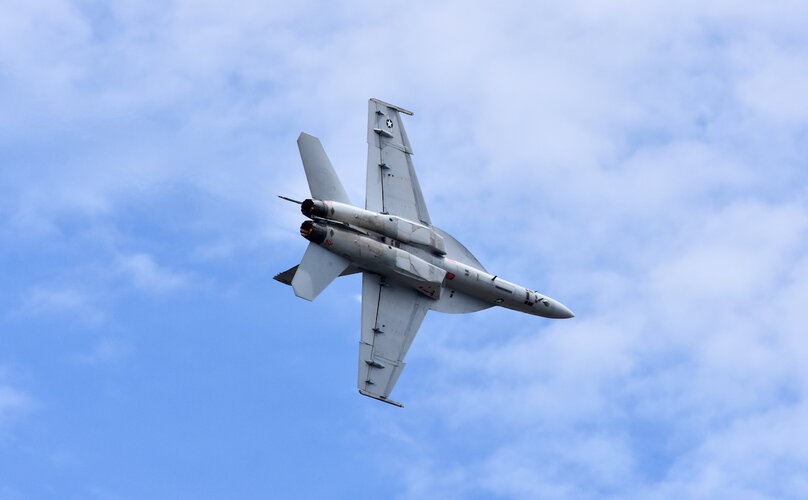
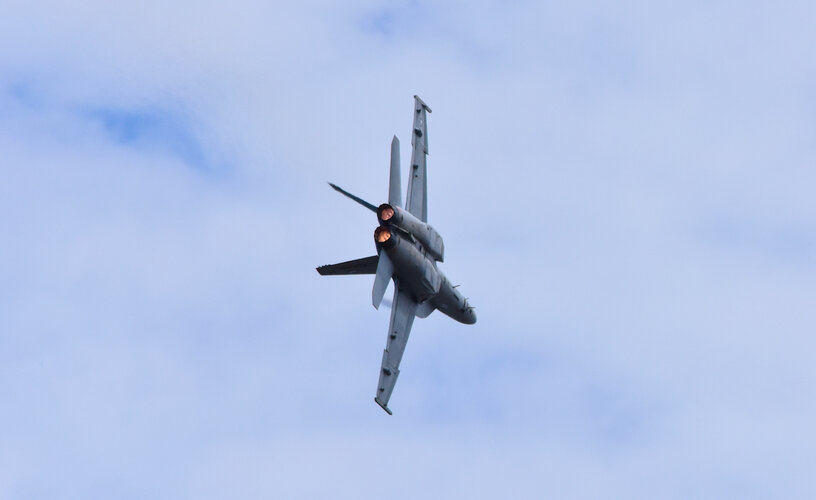
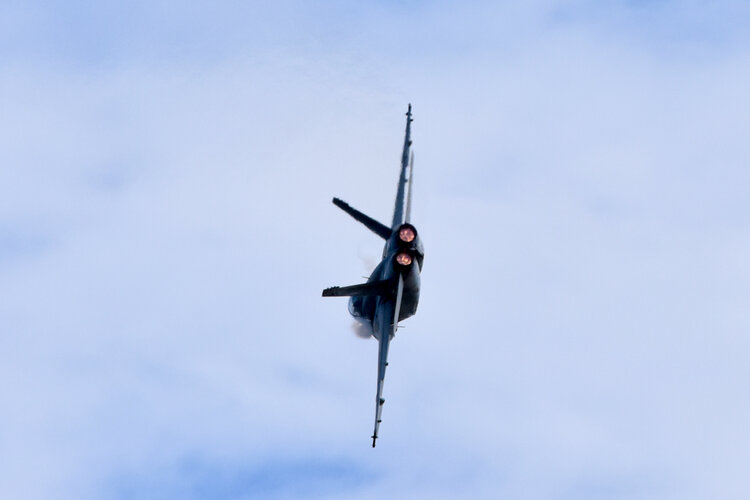
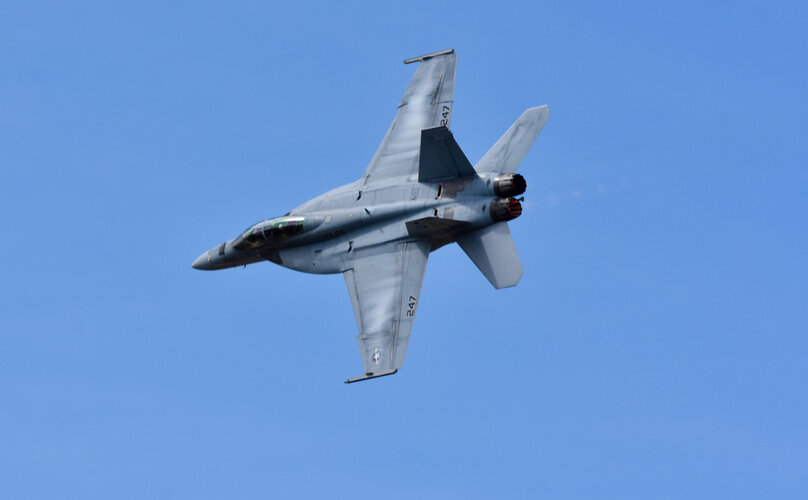

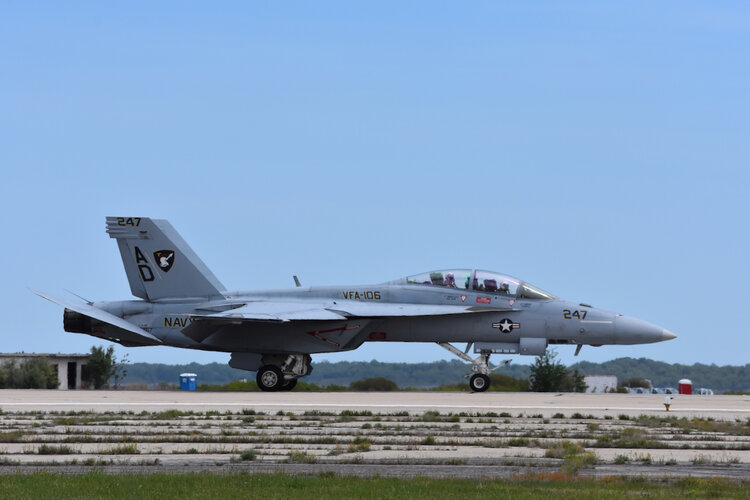
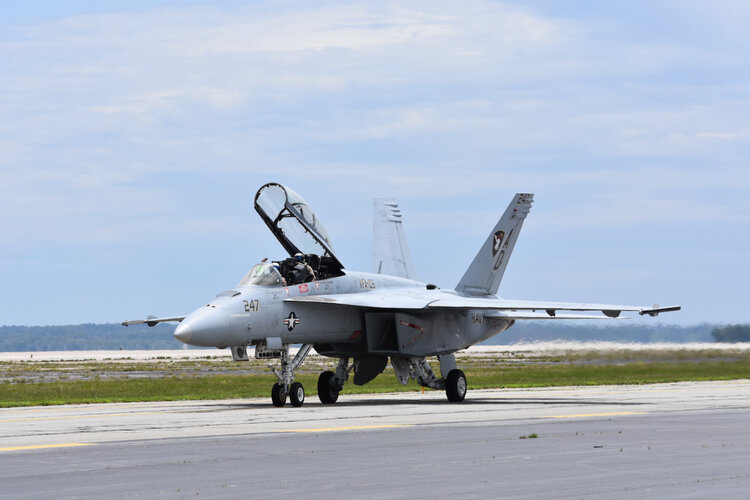
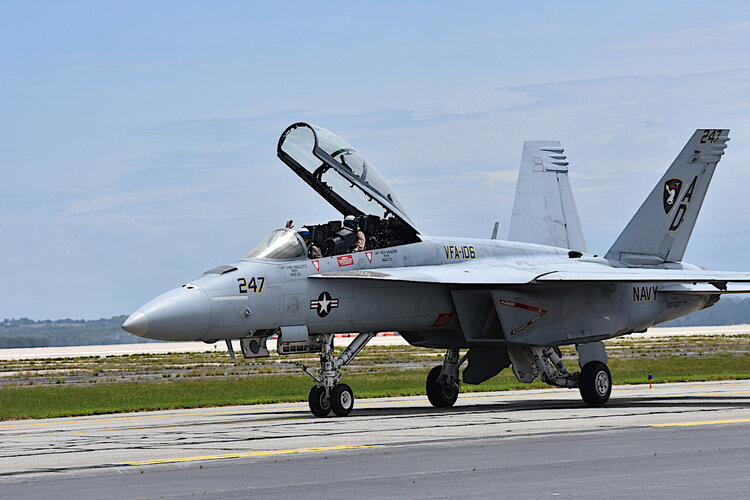
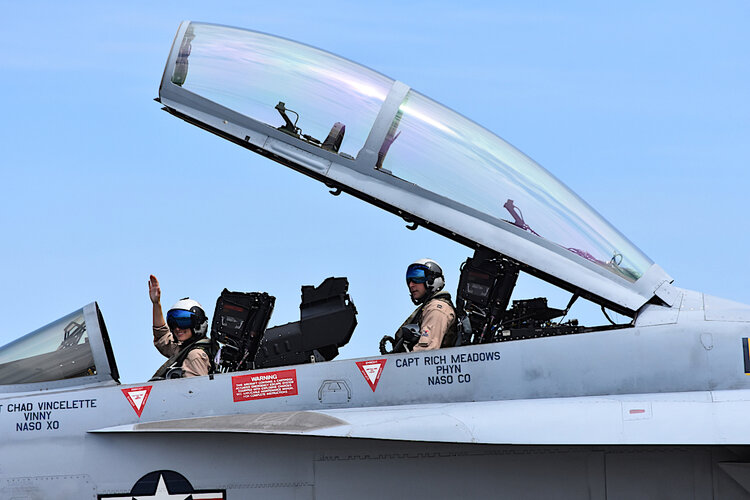
I thought only the legacy hornets are getting GaN TRM based radars?

The AN/APG-79 radar systems will be supplied to F/A-18E/F Super Hornets as part of the Super Hornet program Block II upgrade. The US Navy’s EA-18G Electronic Attack aircraft will also be equipped with the APG-79 AESA radar system.
Featuring the F-18's RCS reduction measures, the new IRST pod, and Gallium Nitride or GaN radar, the Block III Super Hornet does it all.
Just going by what I'm reading. Maybe the SH version is a bigger one with the GaN radars?? It kind of seems like a sensible move since it's the aircraft that would benefit the most from GaN, especially given the new super-SAM.Are you sure? I looked before I posted and came across several articles stating the -79(v)4 is the first GaN based radar for US fighters. Obviously the standard -79 is GaA based. I couldn't come across any articles on Block III behind low observability, TTNT, IRST/center line tank, comms.... thanks in advance
I believe the APG-79(V)4 is intended solely for the remaining legacy F/A-18s. I don't think the USN is still flying any of those, but the USMC still is. I'd have to assume since the USMC does more land-based operations that their airframes weren't all worn out like the USN ones must have been when retired. The array on the (V)4 is physically smaller than the "full-size" APG-79s used in the Super Hornet in order to fit in the smaller aircraft.
It seems odd that the first operational GaN fighter radar for the US would be for a relatively small fleet of fighters. I can only assume a GaN-based upgrade for the Super Hornet is in the works, but I haven't read any news about it.
I'm left wondering what are the (V)1 through (V)3 variants of the APG-79, there doesn't seem many details. It's quite a big skip to (V)4.
The first 135 or so Super Hornets (Block I, delivered from 1999)* had the same AN/APG-73 radar as the F/A-18C/Ds (because the AN/APG-79 was not ready).Just going by what I'm reading. Maybe the SH version is a bigger one with the GaN radars?? It kind of seems like a sensible move since it's the aircraft that would benefit the most from GaN, especially given the new super-SAM.


I knew some early Super Hornets had the APG-73 but did not know their radome/forward fuselage was different. I had assumed that from the start it had been sized to fit the eventual APG-79.The first 135 or so Super Hornets (Block I, delivered from 1999)* had the same AN/APG-73 radar as the F/A-18C/Ds (because the AN/APG-79 was not ready).
Block II Super Hornets (including all EA-18Gs) have a modified forward fuselage for the larger APG-79 - a small number of Block II airframes were fitted initially with APG-73s because the APG-79 was STILL not ready (deliveries of APG-79 equipped Block IIs began in 2005), they have since been refitted with APG-79s.
All Block IIIs have the APG-79.
Most of those 135 Block I F/A-18E/Fs will also receive the APG-79(V)4s along with the USMC's remaining F/A-18C/Ds.
* The Super Hornets the Blue Angels received over a year ago are Block I airframes.
I had assumed that from the start it had been sized to fit the eventual APG-79.
The USMC has NO Super Hornets - never did, never will, not even EA-18Gs.This is something of an off-the-wall question, but it's about simplifying logistics:
How difficult would it be to swap the Super Hornet's M61 20mm Vulcan cannon for either a GAU-12 or GAU-22 25mm Vulcan cannon? This is basically to remove the 20mm gun from USMC logistics. (Sadly, can't eliminate it from the USN logistics unless you replace all the Phalanx CIWS with 25mm guns instead of 20mm.)
It looks like the hard part would be the ammo drum.
Do they not have any Phalanx systems?The USMC has NO Super Hornets - never did, never will, not even EA-18Gs.
As soon as its F/A-18A++/C/Ds are replaced with F-35s (4 squadrons of F-35C and the rest F-35Bs) the M61 will be out of USMC logistics.
The AV-8Bs, with their GAU-12, will actually leave service first - by late 2025 according to the most recent USMC plan I've seen, while the Hornets will leave the USMC by late 2030.
Do they not have any Phalanx systems?
That's the first time I've seen photographs of the AN/ALQ-249 NGJ pods and I must say they're definitely sleeker and more compact than the veteran AN/ALQ-99 pods.

Oh im so glad we finally have a super hornet on display!The first F/A-18 Super Hornet ever built was unveiled at The National Museum of Transportation in St. Louis, Missouri.
Video:
View: https://youtu.be/WVinehP9PCM?si=8HKqTiM2T9vFRksc
Gives me an excuse to go back next time I'm statesideThe first F/A-18 Super Hornet ever built was unveiled at The National Museum of Transportation in St. Louis, Missouri.
Video:
View: https://youtu.be/WVinehP9PCM?si=8HKqTiM2T9vFRksc
BAE Systems has been tasked with upgrading the flight control computers (FCC) of two fighter aircraft, the F-15EX Eagle II and the F/A-18E/F Super Hornet.
Selected by Boeing, BAE Systems, the original manufacturer of these flight control systems, will implement a refresh of the flight control computers. The upgrades aim to increase processing power and improve cyber and product security.


Boeing's EA-18G Growler is a specialized, carrier-capable electronic warfare aircraft based on the F/A-18 Super Hornet — and when it comes to wreaking havoc on enemy electronics, it has few peers on the world's stage. And now, with its new Next Generation Jammer pods coming online, it's getting even better.
this on gulf war 1991 and that hornet
I'm confused why Jay thinks this is such a big deal. The whole point of the F/A-18 was self escort strike, it was literally designed to do exactly what the video demonstrates...
Before that point it had never been done before, everyone else would have been forced to drop their bombs and fight effectively causing the strike to be a failure. This was proof that the design worked, the modern multirole had arrived.I'm confused why Jay thinks this is such a big deal. The whole point of the F/A-18 was self escort strike, it was literally designed to do exactly what the video demonstrates...
Still would have had to jettison the bombs if they started turning. ISTR the Mig-21 was BVR flying a pretty level intercept, the Bug driver tried to defend with a Fox-1, locked him up, pulled the trigger, a Fox-2 came off the rail, he selected the correct missile, shot the Fox-1, Fox-2 killed the Mig before the merge, before the Sparrow could arrive. If they merged my money is on stores jettison, if the second in the face heater doesn't kill him. Your milage may vary.Before that point it had never been done before, everyone else would have been forced to drop their bombs and fight effectively causing the strike to be a failure. This was proof that the design worked, the modern multirole had arrived.
versus the Phantoms who'd still be guiding the Fox-1 when the bad guy's all aspect Fox-2 was launched for a mutual mort.
Neither did the Phantom, hence drop bombs and turn. My point was the radar made the difference, the Phantoms could carry the same model Sparrows as the Bug, the radar couldn't exploit it. An updated ICE with the same radar as the Bug could have done the same thing.The AA-2 Atoll missiles available to the NV MiG-21s weren't capable of all-aspect engagements like the much later AIM-9L/M as they were essentially unlicensed (As in stolen) copies of the AIM-9B.
Neither did the Phantom, hence drop bombs and turn.
Correct. One of the Hornet pilots involved said in an interview that if the MiGs had made it to the merge, they would have had to jettison their bombs thus aborting the strike mission. It wasnt a turning fight at all.Still would have had to jettison the bombs if they started turning. ISTR the Mig-21 was BVR flying a pretty level intercept, the Bug driver tried to defend with a Fox-1, locked him up, pulled the trigger, a Fox-2 came off the rail, he selected the correct missile, shot the Fox-1, Fox-2 killed the Mig before the merge, before the Sparrow could arrive. If they merged my money is on stores jettison, if the second in the face heater doesn't kill him. Your milage may vary.
Also, more likely than not, they would rather run away than drop their expensive munition.
